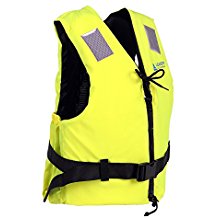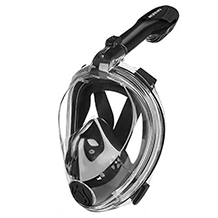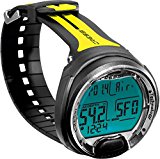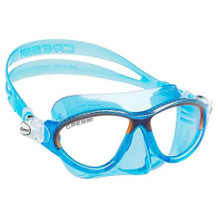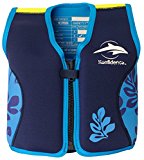Stand up paddle board purchasing advice: how to choose the right product
- The most important facts in a nutshell
- Stand-up paddling (SUP) is a trendy water sport where you stand on a board and paddle your way around.
- There are inflatable and fixed boards. In addition to all-round models for beginners and casual paddlers, boards for special SUP disciplines are also available.
- The board often comes with a paddle, repair kit and – if necessary – pump.
- With extensions, some SUP boards can be converted into a kayak or windsurfing board.
What is stand-up paddling?
Stand-up paddling has become one of the most popular trend sports and leisure activities in the water in recent years. You stand on a board, similar to a large surfboard, and move forward by rowing with a paddle. It is true that a good balance and a certain amount of body control are important for this. In general, however, stand-up paddling (SUP) is relatively easy to learn, and this activity is well suited for both children and the elderly.
The advantage over other water sports: apart from the paddle, you don’t need any other accessories, such as a special suit or a holder for transport on the car. You don’t even have to live near a sea or large lake – stand-up paddling is also great on small lakes or calm rivers.
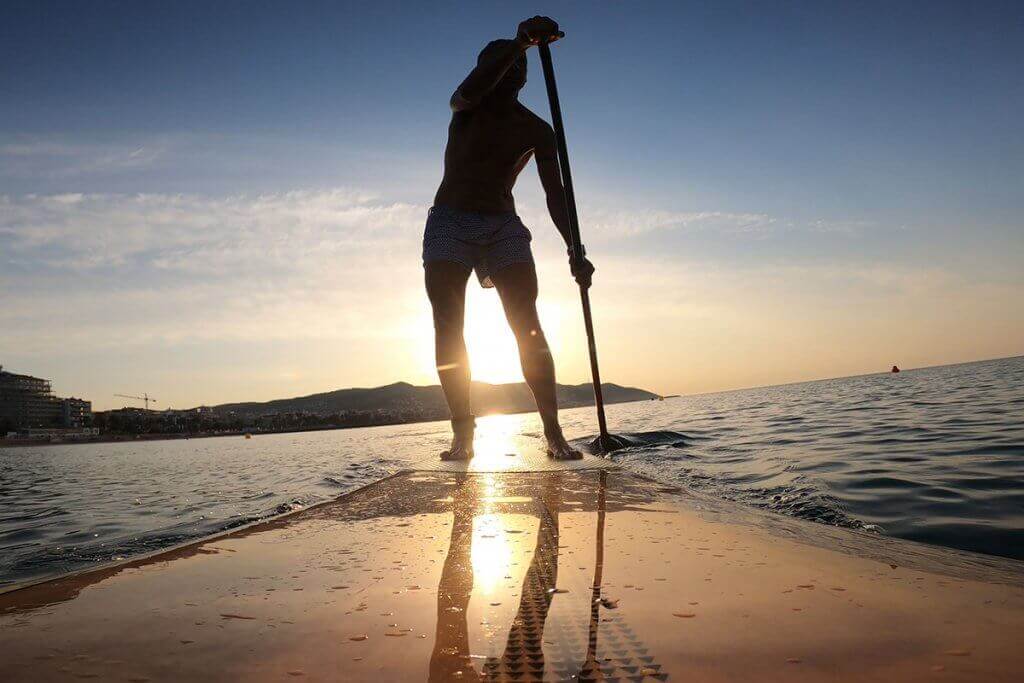
Different types of SUP boards
Models for beginners or advanced paddlers are usually inflatable and suitable for everyday paddlers as well as for the whole family. Professionals, on the other hand, like to use a so-called hardboard. It is usually faster, more manoeuvrable and can even be used in somewhat stronger waves.
In addition, there are longer and narrower models with which the user can reach a higher speed. They are suitable for long tours and even for racing due to the streamlined cut. White water boards – or wave boards – on the other hand are wider than all-round models, but comparatively short; this makes them more manoeuvrable. In addition, they often have a handle on the top to hold on to. These special SUP boards are designed for different paddling techniques and are definitely not intended for beginners.
Dimensions and materials
The tare weight of a stand-up paddling board varies from model to model. It starts at around seven kilograms, but can also be twice that. Inflatable SUP boards are always about 15 centimetres thick, which promises good stability and load-bearing capacity. The length and width of the all-round models vary slightly, but are usually around three metres and 80 centimetres respectively.
SUP boards are made of various plastic compounds, such as PVC, polyethylene or carbon. It is important that the board is hard-wearing and robust; at the same time, it should be easy to transport or handle. Inflatable boards must be stable and stiff when inflated.
Drop-stitch fabric
The combination of high stability and low weight of inflatable boards is primarily due to the drop-stitch base fabric. Between the plastic surfaces on the upper and lower sides, there are polyester threads centimetres apart. These hold the tension and ensure the unchanging shape of the board.
Stand-up paddling boards can carry a lot of weight. This is especially true of the hardboards, but very light inflatable models can also be used by people weighing well over 100 kilograms. However, always observe the maximum load specified by the manufacturer and, if in doubt, opt for a wider model with a higher load capacity.
Anti-slip coating
To ensure that the paddler has a secure footing, SUP boards have a non-slip surface. This is rougher or of a slightly nubby texture where you usually stand. Some manufacturers also speak of Lizard Skin because the texture is reminiscent of the skin of a lizard, or Diamond Deck because of the diamond-shaped structure. Thanks to the coating, you run less risk of slipping even on a wet surface. At the same time, it does not feel uncomfortable on the bare soles of your feet.
Is the size of the board relevant?
When searching online for a SUP board, you will often come across tables to help you choose the right board size. However, the differences in board length or width in relation to the user’s weight and height are usually only marginal. In any case, the recommendations offer a certain leeway, which is why one or two centimetres or kilograms more or less are not important.
Beginners are well advised to use a wider board because it is more stable in the water. People weighing more than 120 kilograms will not have a good standing on a 70-centimetre-wide board; very small and light people, on the other hand, may have problems handling a board that is more than three and a half metres long. However, all-round boards in particular are well suited as entry-level models and are designed for the whole family to have fun with. They are not called all-round models for nothing.
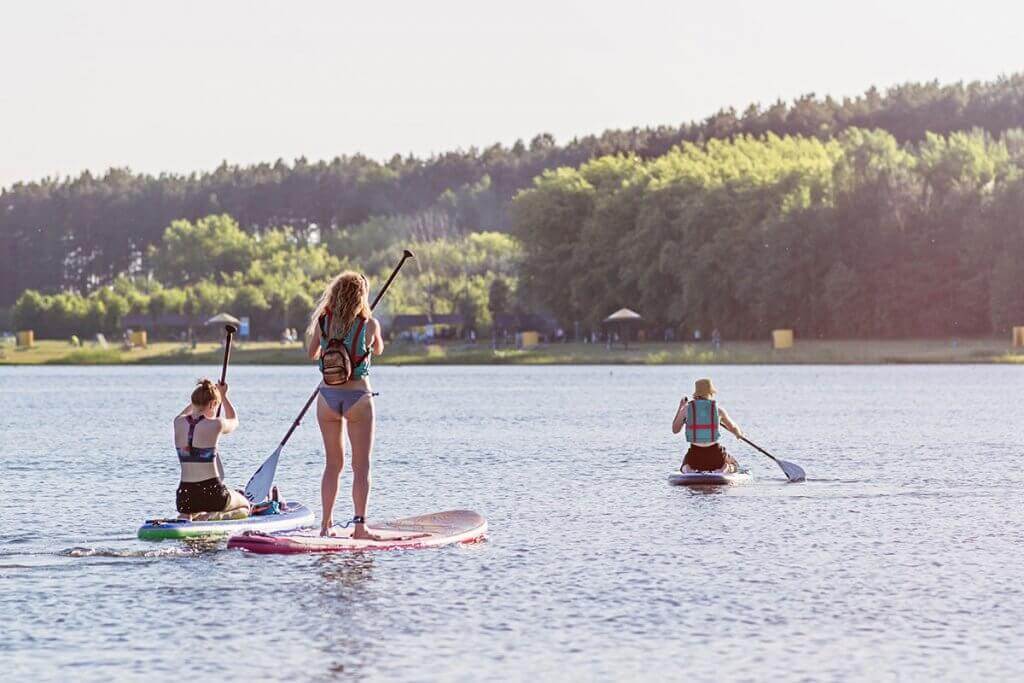
What else do I need for stand-up paddling?
No matter whether you buy an inflatable board or a hardboard, whether you are a beginner or a professional – you should keep an eye on a few details around the SUP board in any case, as they can make it easier for you to handle the sports equipment. Especially make sure that important accessories are already included. A bargain can quickly turn into the opposite if you have to buy several additional items of equipment.
Paddle

The most important part next to the board is the paddle. It is usually an integral part of the delivery, but it is not always of the best quality. The pole of the paddle is usually made of aluminium or fibreglass. The latter is lighter, but also more stable. The blade is often made of carbon. Make sure that the paddle has a telescopic pole. Then it is adjustable in length and thus suitable for users of different sizes.
Transport possibility

In order to carry the board comfortably, it should have carrying handles on the sides. Although it is not particularly heavy, it is often somewhat unwieldy when ready for use due to its dimensions, so that smaller people in particular may have problems carrying it. Some manufacturers also offer backpacks for their models in which inflatable SUP boards can be carried comfortably when deflated and folded.
Footrope
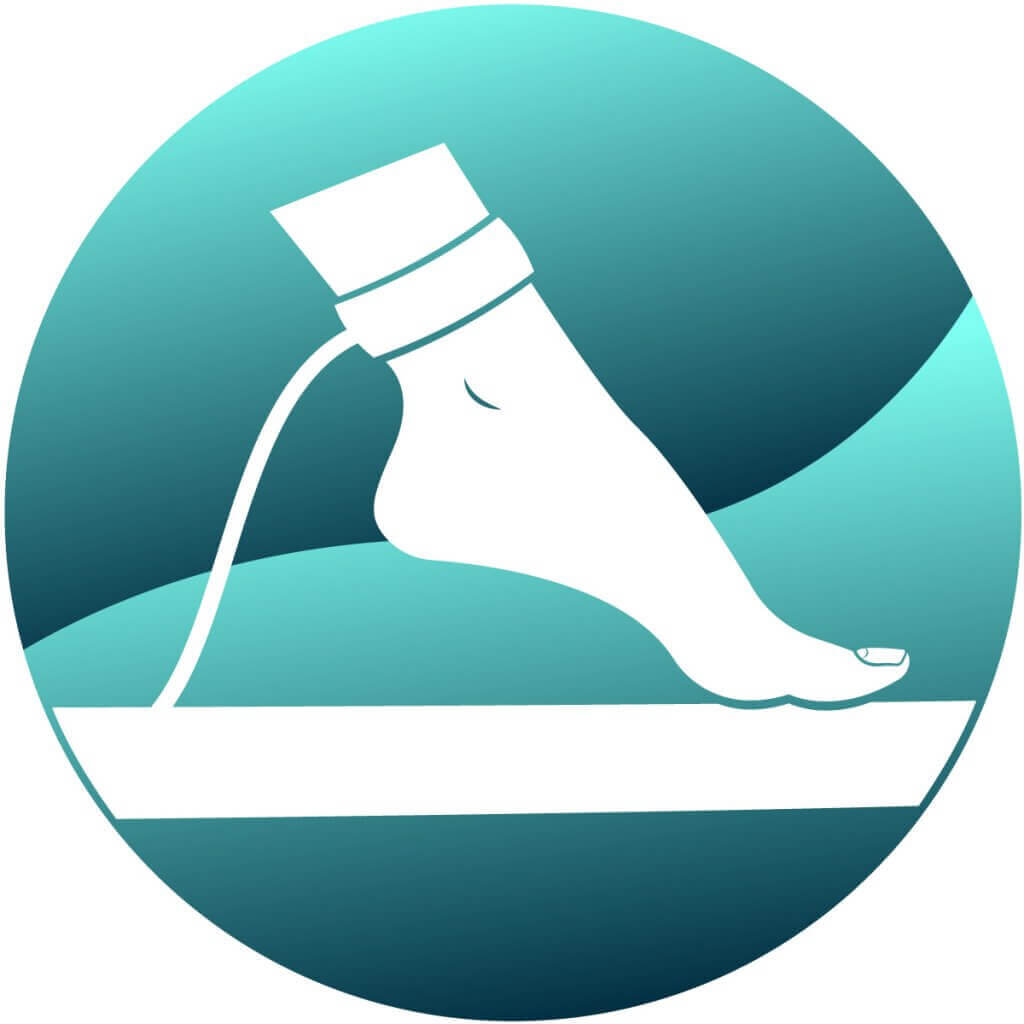
Similar to a surfboard, you can tie a leash around your ankles that is connected to the SUP board. If you do fall into the water – which is likely, especially during the first few attempts – the board will not float away. However, make sure that the leash is not so tight that it cuts into your skin, but also not so loose that it could come loose again on its own.
Pump
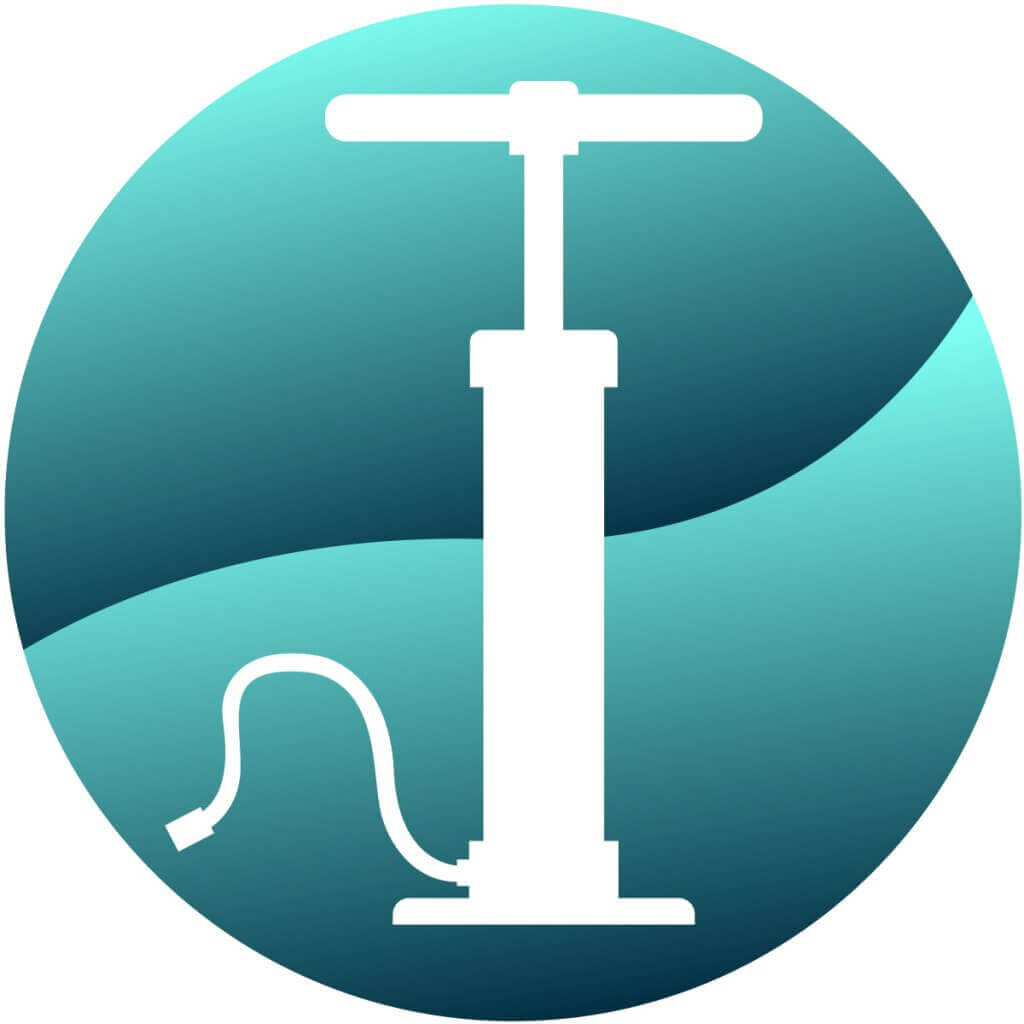
If you choose an inflatable stand-up paddling board, you will also need an air pump. It is usually included with the board. If this is not the case or if you want to buy a replacement, make sure that the pump is compatible with the board’s valve. Inflating takes only five to ten minutes; with an electronic pump it is even faster.
Repair kit

To repair minor damage to the board, many manufacturers provide a repair kit with patches and colourless glue. This can be used to quickly treat or glue holes and cracks. Note that areas treated with glue must dry at least overnight, otherwise it can come off again. The repair kit is versatile – it can also be used to repair air mattresses or tents.
The first time on a SUP board
Stand-up paddling is relatively easy to learn. A lot has already been achieved once you have internalised the feeling for the board’s behaviour in the water and got your own body in balance. You won’t become a pro from one day to the next and will probably end up in the water a lot, especially in the beginning. Learn step by step how to get on the board, how to stay on it, how to progress. Position yourself as centrally as possible for a stable stance. To do this, you can use the carrying handles as a guide, which are always attached to the centre of gravity of the board. Stand up straight and point your feet forward. The tail of the SUP board should be just below the water surface, the tip slightly above. On the Youtube channel SUP-TV there are interesting tips about stand-up paddling, such as five basic rules for beginners.
What should I wear when stand-up paddling?
There is no special SUP clothing. You should adapt your outfit to the external conditions, i.e. water temperature and weather. In summer, swimwear is sufficient; however, a shirt, ideally with UV protection, is appropriate for longer stays in the blazing sun. Also use waterproof sunscreen in case you fall into the water.
For your feet, neoprene socks and shoes are suitable because they guarantee a firm grip on the board and – depending on the thickness of the material – also protect you from cold water temperatures. But even barefoot you can cut a good and safe figure on the board. You should avoid flip-flops, as you can easily slip out of them.
If you SUP board in cold (water) temperatures, you should use a neoprene suit that protects you from cold temperatures. If you are already stable on the board, you can also wear a waterproof wind jacket or a softshell jacket.
Extensions for the SUP board
Get on the board with the paddle and a little body control and you’re ready to go. Apart from that, you don’t need any other equipment to have fun with stand-up paddling. However, some boards have the option of being converted, which offers completely new experiences.
Kick-pad
A small elevation at the rear of the SUP board, called a kick pad, helps you to steer or turn the board better without losing much speed. Step onto this raised area with one foot to lift the tip of the board out of the water. Now that there is less contact with the water surface, you can turn the SUP board faster with the paddle.
Seat assembly
On some stand-up paddling boards you have the option of attaching a seat. This converts the board into a kind of kayak. The seat is attached to the board with eyelets and thus offers the user the option of moving around while sitting. Some manufacturers supply the seat with their model, in other cases you can buy it separately. If necessary, find out in advance whether the board can be retrofitted and which seat it is compatible with.
Surf pole
Some SUP boards now even offer the option of being upgraded to a surfboard for windsurfing. For this purpose, a thread is attached approximately in the middle of the board, into which the pole for the sail is inserted. In this form, it is not suitable for stunts on strong waves, but rather for leisurely sailing, for example on a lake. Also bear in mind that the sail requires considerably more space for transport.
Storage options
So that you can take belongings and provisions with you on the SUP board, many models have a recess in the front part. You can place items there without them running the risk of slipping off the board. However, especially as a beginner, you should pack them waterproof and fasten them with a strap in case you ever tip over together with the board. Alternatively, you can secure waterproof bags or sacks with tension straps and the like. Keep in mind, however, that too much weight can affect your speed and balance.
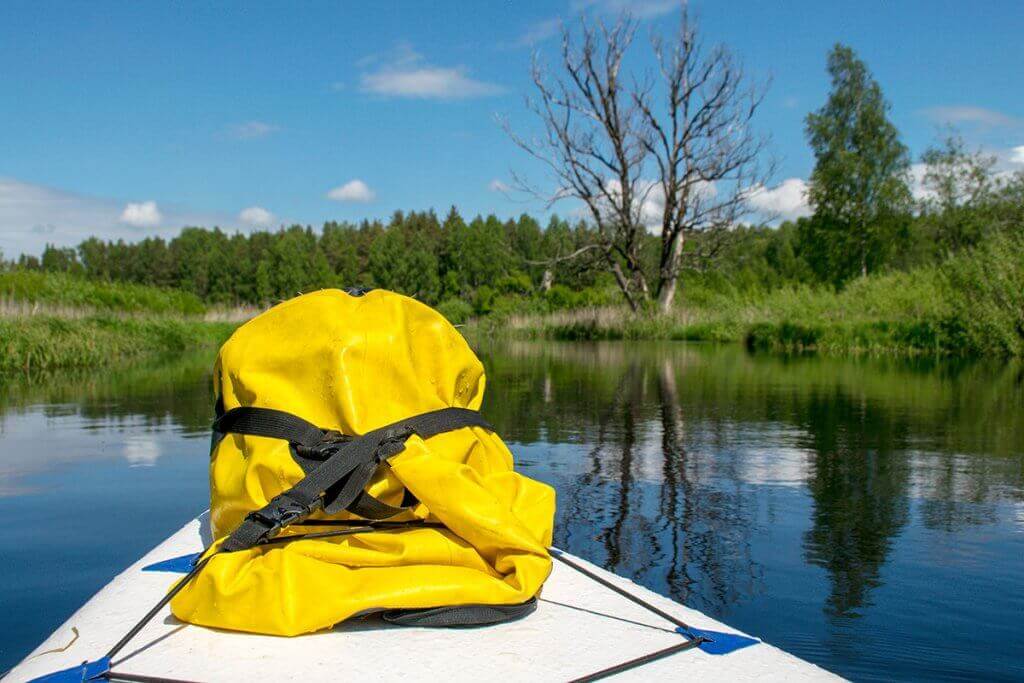
Fins
Depending on the model, there are one to three fins on the underside of the board. They ensure that the board travels straight ahead and maintains a stable position even in light swell. SUP boards with one fin are faster and track better, while three fins promise more stability and better turning behaviour. On some models you can add or remove fins to switch between the advantages.
Storing the SUP board
After use, you should rinse your stand-up paddling board again with clean water. This is especially useful after a tour in salt water, as dried salt can leave unsightly marks. If you use the board daily, you do not need to clean it after each use; however, it is advisable before storing it for a longer period of time. Inflatable SUP boards should not be stored in a fully inflated state for several weeks or longer. In this case, let the air escape at least a little or roll up the board loosely, for example to save space. Make sure, however, that it is no longer damp, otherwise it may develop mould. Ideally, store it in a dry room at room temperature, for example in the cellar or garage.
Since hardboards cannot be rolled up, they take up more space than inflatable versions. On the other hand, they can be stored outdoors. However, cover the boards with a tarpaulin to protect them from the weather.

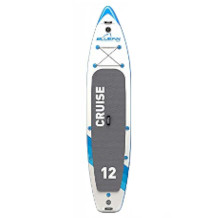

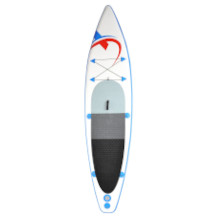
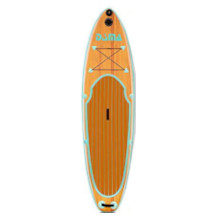
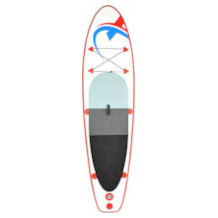
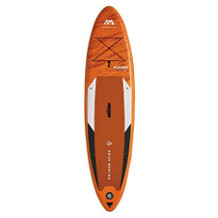
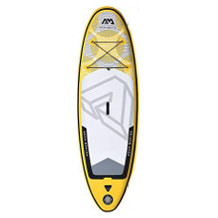
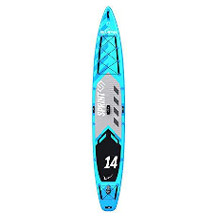
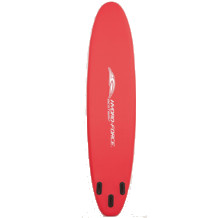
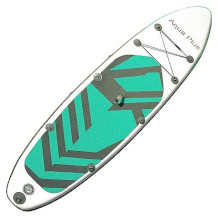
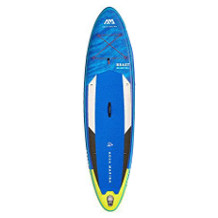
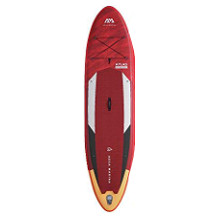
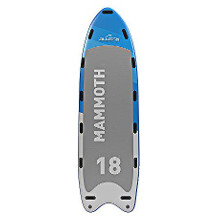

 2,700 reviews
2,700 reviews
